Send questions/comments to the editors.
Ten Mainers to be thankful for 2014
 Font size +
Font size +
You are able to gift 5 more articles this month.
Anyone can access the link you share with no account required. Learn more.
With a Press Herald subscription, you can gift 5 articles each month.
It looks like you do not have any active subscriptions. To get one, go to the subscriptions page.
With a Press Herald subscription, you can gift 5 articles each month.
Loading....
-
Christina McAllisterSouth Paris | Deputy, Oxford County Sheriff's Office
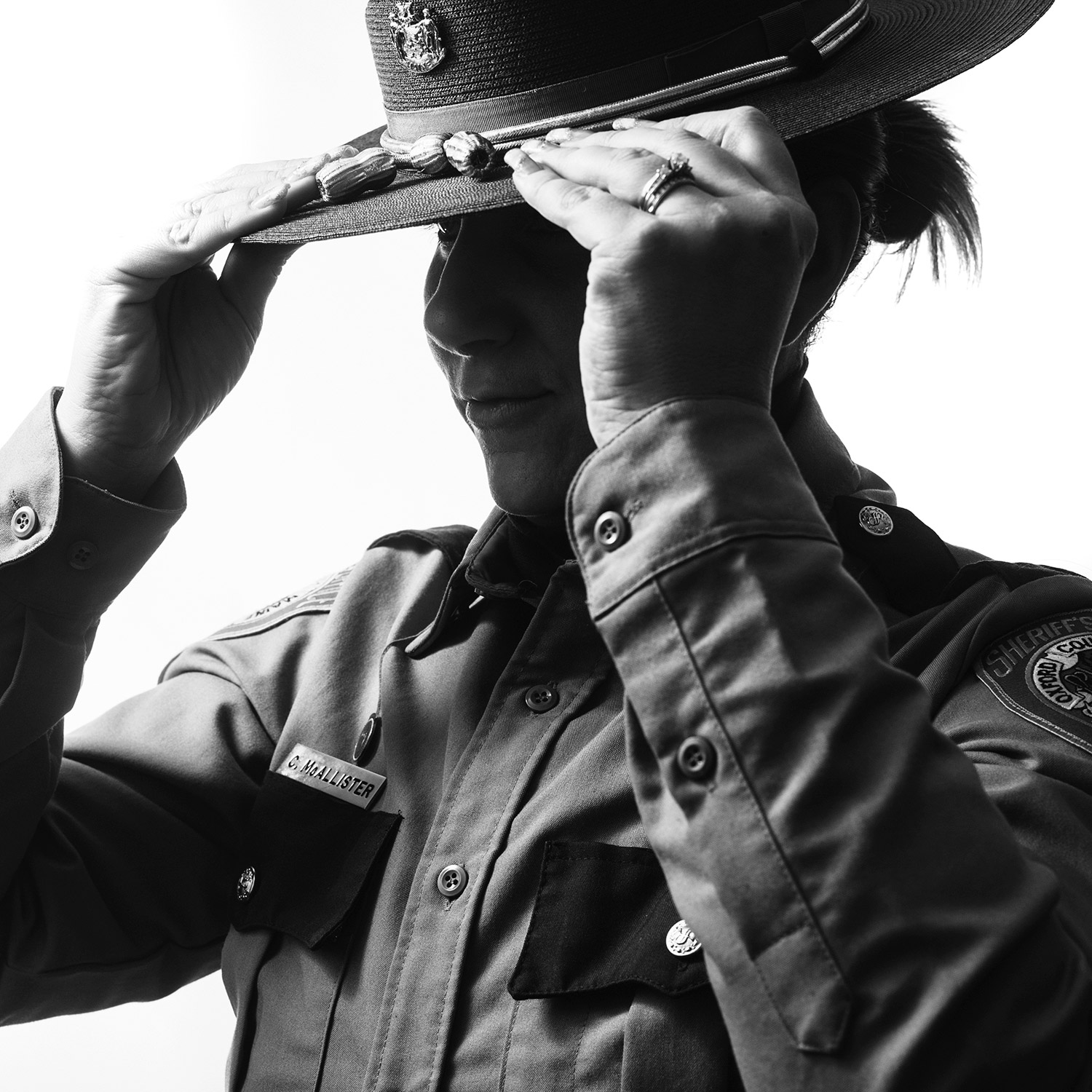 Photos by Whitney Hayward
Photos by Whitney Hayward
Deputy Christina McAllister often tells students at Sacopee Valley High School in Hiram that they are stuck with her. They clearly don’t mind.
The school resource officer’s office walls are covered with photos from field trips and handwritten notes from students: “I love you Momma!” “Love U Mum.” “You are the best ever!”
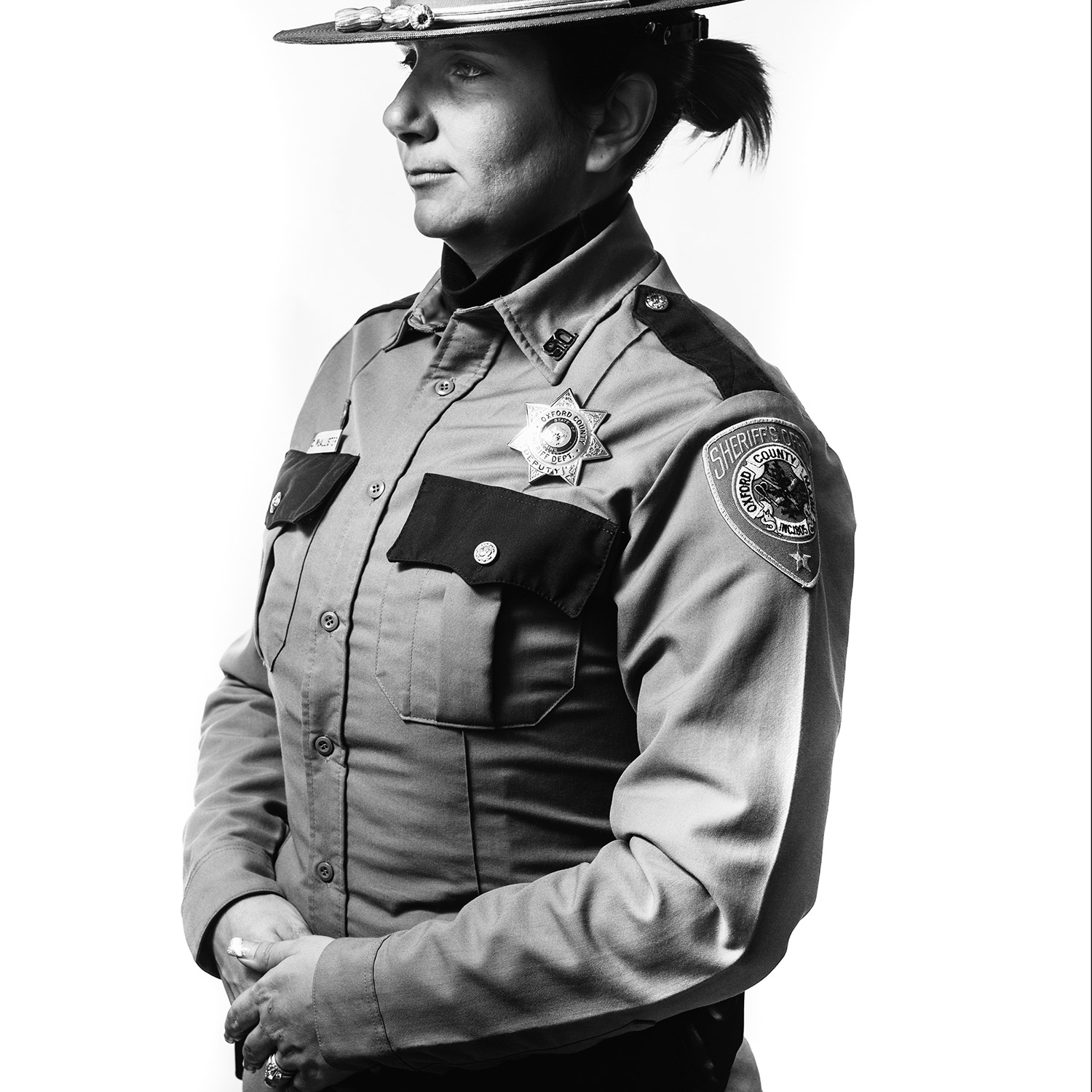
McAllister has been the school resource officer for three years, working with just over 1,000 students spread across five schools in MSAD 55, which serves the towns of Baldwin, Cornish, Hiram, Parsonsfield and Porter. She spends most of her time at the high school, where she became known for her unflinching devotion to encouraging students while holding them accountable.
Her bond with students was evident during a vigil this month after the deaths of two recent graduates in a car accident. A year before, another high school student died in a crash. At the vigil, McAllister implored students to make better decisions, and cried as she talked about going to the accident scenes and talking to parents who had just found out their children had died.
“She tells it how it is and that gets across to the students,” said senior Jamie Goughan. “You can tell she just cares like crazy.”
McAllister says part of her bond with students – she calls them all her kids – comes from sharing her own experiences. One of three children of a single mother, she grew up poor and worked as a waitress before finally following her dream into law enforcement in 2004.
“I didn’t grow up with a white-picket fence, so I understand their struggles,” she said. “I just treat them like they’re my own.”
Principal Britt Wolfe calls her the school’s most effective dropout prevention tool.
“She holds kids accountable, but at the same time she doesn’t leave any doubt she cares about them,” he said.
McAllister says she loves her job, but there are days when it is difficult to watch the struggles some students face.
“Sometimes it’s emotional, because you see so much potential in these kids and they just can’t see it. It breaks my heart sometimes,” she said. “But then it’s a proud moment to see them graduate, especially the ones who have been through so much. I’m just so proud of them.”
-
Dr. David AustinSpringvale | Volunteer with Doctors Without Borders
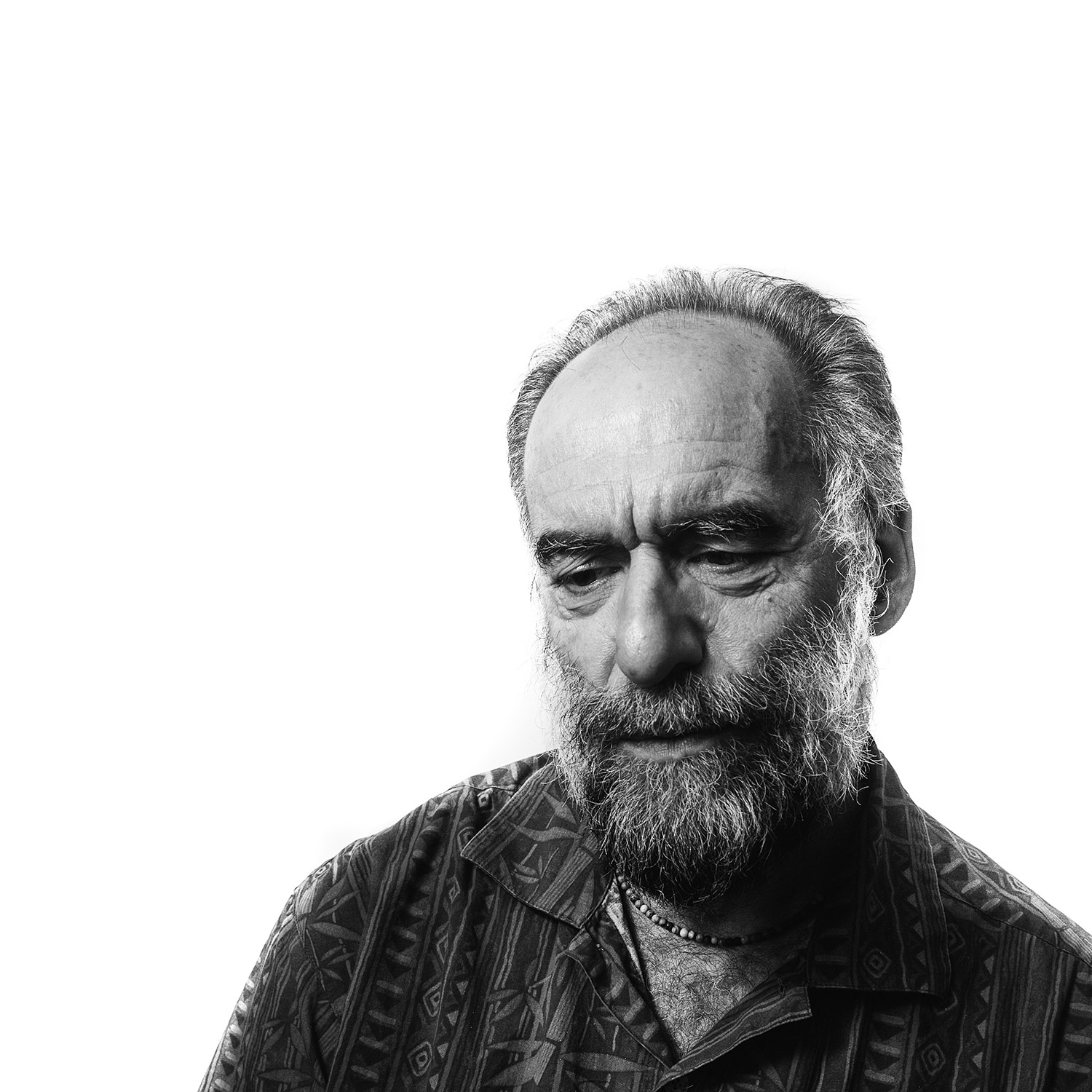 Photos by Whitney Hayward
Photos by Whitney Hayward
While Americans celebrate Thanksgiving today, Dr. David Austin is on his way to Liberia on an 18-week pilgrimage to save the lives of people suffering from the Ebola virus.
Austin, 60, of Springvale, is making his fourth humanitarian trip to Africa – in the past six years he’s treated patients in Sudan, Congo and Djibouti.
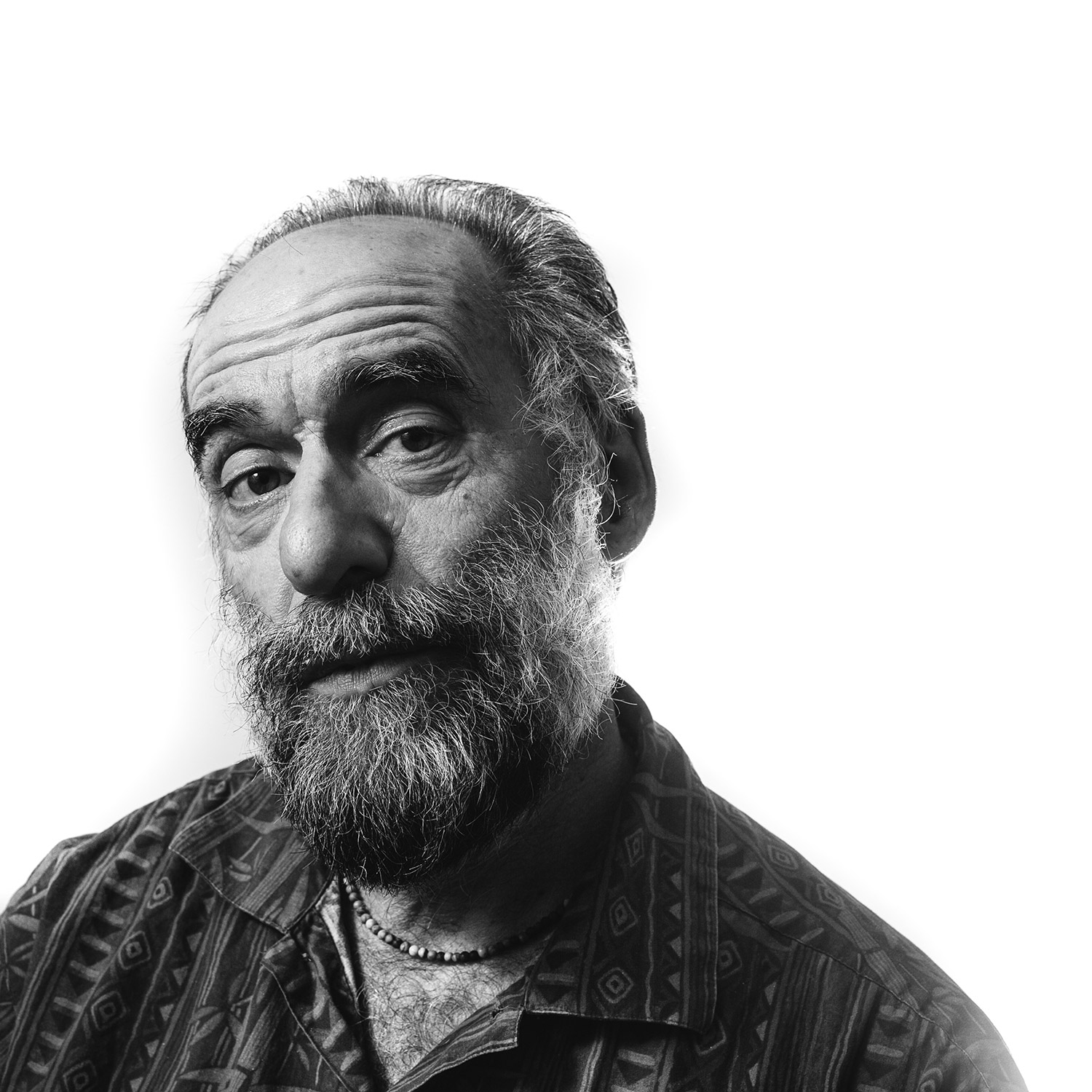
“Once you’ve done this, it’s overwhelmingly compelling,” said Austin, a physician at Nasson Health Center. “It’s addictive in a positive way. The African people are very kind and generous, even though they have meager resources.”
Austin said that since his 20s, he’s always wanted to treat patients in Africa, but he waited until his children were adults because the work is time-consuming. He’s typically in Africa for three to four months at a time.
During Austin’s other trips, he went courtesy of the nonprofit aid organization Doctors Without Borders. For his visit to Liberia, he is volunteering through the AmeriCares disaster relief program.
Although Ebola poses a different medical challenge than his other visits, Austin said the treatments are remarkably similar. In the other African countries, he would often see patients with common infectious diseases such as dysentery and malaria.
“What they need is clean water, IV fluids and antibiotics,” said Austin, explaining that it will be much the same when treating Ebola. “The treatments are simple, but effective. We were seeing 100 kids per month, and usually 96 of them we would send home. Ninety-six percent would leave here smiling toddlers or 4-year-olds. It was a great feeling.”
Ebola has killed about 5,000 in West Africa, mostly in Sierra Leone, Liberia and Guinea. Austin said he will have to wear a hazardous materials suit to protect him from getting infected in Liberia. Two people have died in the U.S. from Ebola, but the disease has not spread here.
Because Ebola is not an airborne disease and can only be contracted through contact with bodily fluids, a U.S. outbreak is unlikely, public health experts have said. The country also has superior public health infrastructure and access to proper sanitation.
A nurse in Fort Kent made national news this fall when she returned to Maine after volunteering in Sierra Leone, showing no symptoms of Ebola. The Maine Center for Disease Control and Prevention tried to place her under a mandatory quarantine, but a judge sided with the nurse.
Austin said that before returning to the U.S. from Liberia, he will be quarantined in Europe for three weeks – the Ebola incubation period – as will all of the AmeriCares volunteers. Catherine Sargent, one of Austin’s patients, said he’s an excellent doctor, and she has admired his volunteer efforts.
“I’m impressed because it takes a lot of courage to do what he’s doing,” Sargent said.
-
Fatuma HusseinLewiston | Founder of United Somali Women of Maine
 Photos by Gabe Souza
Photos by Gabe Souza
Fatuma Hussein was 12 and visiting relatives when war broke out in her native Somalia in 1991. Her family was forced to flee, winding up in a refugee camp in Kenya.
“You would hear so-and-so went missing or this woman was raped last night…horrible, horrible things, experiences you wouldn’t wish on anybody,” Hussein said.

It was one of Hussein’s earliest exposures to sexual violence. Later, as a political refugee in Georgia, she and other young women were at the mercy of domineering men. When the girls were threatened, they didn’t even know how to dial 911, she said.
“Those are the experiences we carry with us. They’re tough experiences, experiences my daughter, who was born here, will never be able to relate to, never be able to understand,” Hussein said. “They inspire me to do what I do to make sure somebody else’s life will be better.”
Now Hussein is a leading voice against gender-based violence in the African immigrant community as the executive director and founder of United Somali Women of Maine. The organization trains advocates with the same backgrounds as the women they serve, bringing familiar language and cultural awareness to immigrant women.
“A Sudanese, Somali, Iraqi, Burundi, Angolan – all of those populations we serve – we come from a place that didn’t have a woman’s rights,” Hussein said. “Oppression is still very well exercised in our communities. Our victims, whether men or women, may not be comfortable to come out.”
Hussein, the oldest of 13 children, attended a British elementary school in Mogadishu, giving her the foundation necessary to enroll in high school when she arrived in the U.S. in 1993.
After graduation, she began raising a family in suburban Atlanta, but got tired of the crime and congestion. She came to Portland in 2001, then moved to Lewiston, where there was then no Somali presence to speak of.
“I literally fell in love with Lewiston. It was small, community based,” she said.
She was offered a state job working with refugees, but turned it down because she was due to give birth. Instead, she joined a small group of women to start United Somali Women of Maine.
“I knew we had vulnerable people. We had a state that was not used to this population,” she said. The organization helped connect people with services but also tackled the taboo subject of gender-based violence.
“Domestic and sexual violence has no boundaries,” she said.
-
Daniella CameronSouth Portland | Manager of Preble Street Anti-Trafficking Coalition
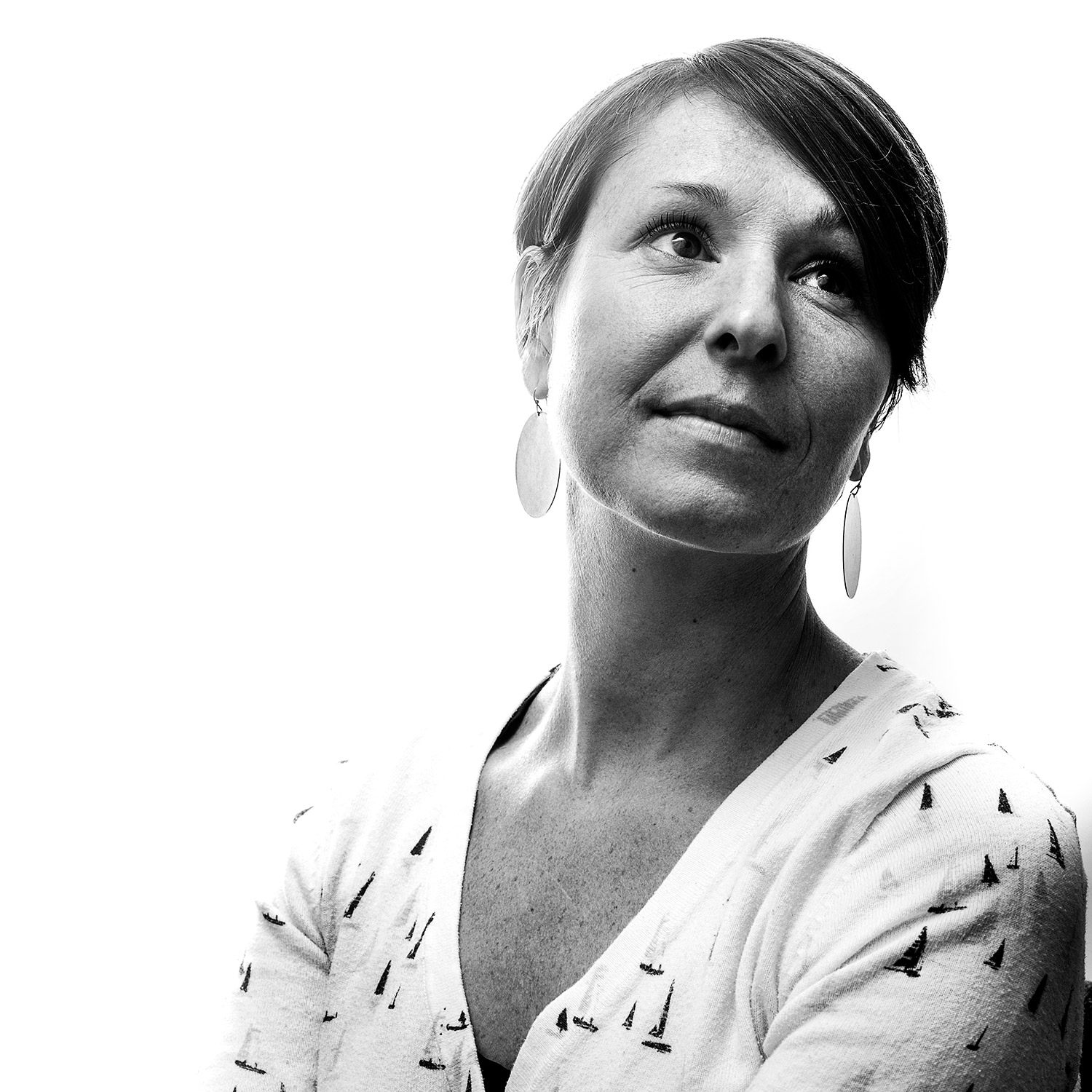 Photos by Whitney Hayward
Photos by Whitney Hayward
Daniella Cameron’s job is not one many would want. She helps women who are victims of crimes that most clients don’t want to talk about and are often too ashamed to admit.
Cameron works with vulnerable women who have been coerced by abusive men into prostitution, often referred to as sex trafficking.
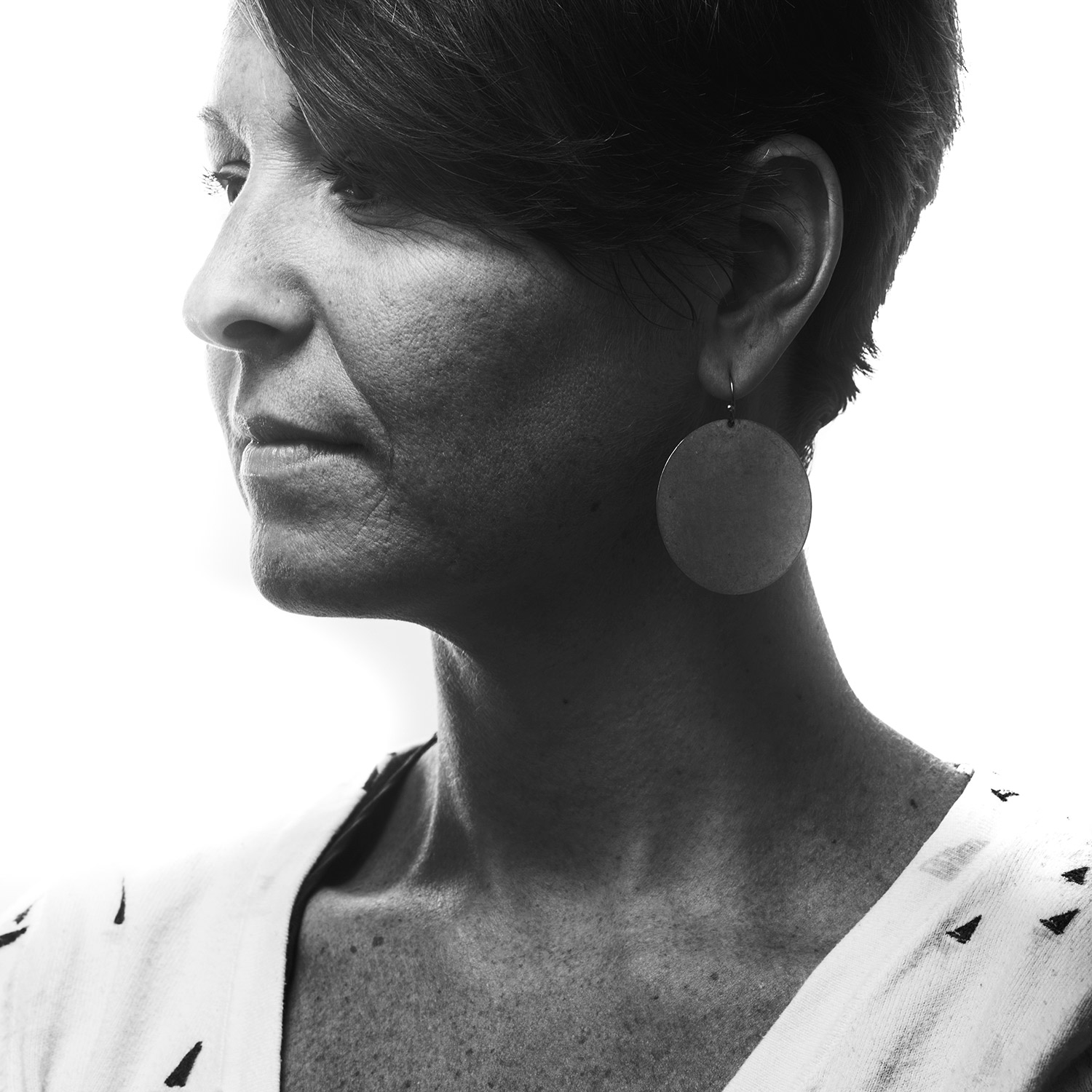
As the manager of the Anti-Trafficking Coalition at Preble Street, a nonprofit social services agency in Portland, she leads a small team that works directly with the women, most of them in their early to mid-20s, and coordinates assistance with government and service agencies in Greater Portland.
“Since January, we’ve had 40 victims of trafficking that we’ve worked with,” Cameron said. “I think we’ve helped several women find not only safety, but housing and a start on the path to recovery.”
Cameron’s position is new, created about a year ago, after Preble Street began noticing an increase in young women and girls being prostituted and successfully applied for a two-year, $400,000 federal grant.
When Cameron accepted the job last November, she didn’t know that the federal funding would be delayed for half a year, or that police would immediately begin referring so many prostitution victims to Preble Street for assistance.
“The need was there, so I started unofficially in this position,” Cameron said. “It’s been insanely busy and really eye-opening.”
Cameron works out of an office at Preble Street’s Teen Center on Cumberland Avenue, the same building where she held her previous job as director of teen services.
With her background in working with teenagers, Cameron thought most of the young women referred to her would be runaways and young girls living on the street. She was surprised to learn that most of the women were referred by police and ranged in age from 15 to 37.
“I think the majority of people don’t understand prostitution and that the majority of women in commercial sex are being coerced,” Cameron said. “People don’t talk about it.”
Cameron said Preble Street has scrambled to add staff to handle the volume of cases, including a case manager, program assistant and intern – and they still struggle to keep up.
“I felt like these women needed someone advocating for them and giving them a voice,” Cameron said. “It’s the hardest work I have ever done, and I love it.”
-
Stu KestenbaumDeer Isle | Director, Haystack Mountain School of Crafts
 Photos by Gabe Souza
Photos by Gabe Souza
Stuart Kestenbaum uses a sports analogy when he talks about his work as an arts administrator.
“I sometimes feel I can see the whole field,” he said.
Kestenbaum, 63, recently announced he was leaving as director of Haystack Mountain School of Crafts on Deer Isle. It is a post he has held – and loved – since 1988. “It’s a long time to be in one place, but it’s never felt old to me,” Kestenbaum said.

Before Haystack, he worked for the Maine Arts Commission and the Children’s Museum of Maine. He’s also a poet, and has just begun serving as chairman of the American Craft Council.
His diplomatic demeanor and common sense management style have made Kestenbaum the face of Maine arts.
During Kestenbaum’s 27 years at Haystack, the school has emerged as an international destination for artists and creative thinkers to learn skills, investigate materials and technologies, and explore ideas related to art and creativity. It serves about 1,000 students a year who come from across Maine and across the globe for workshops, residencies and conferences in a retreat-like setting on a remote section of the Deer Isle peninsula.
But mostly it’s a place where people come to connect – with their inner selves, with friends in the field and with nature.
Kestenbaum’s quiet presence led the way, said his friend, Warren Seelig, who has taught at Haystack and served on its board.
“He’s just such a humble and relaxed but focused guy,” Seelig said. “He is able to connect with all kinds of personalities, and he treats people really well.”
Kestenbaum begins most sessions with a poem, either something he wrote or something related to the topic. Humor is a big part of his management style.
At dinner – Haystack is renowned for its food – Kestenbaum stands near the center of the dining room, dings a bell and says a few words, almost always in a voice just soft enough that people have to pay attention to hear him.
Replacing him will be a monumental challenge, Seelig said. “He’s the source of it all and always has been,” he said.
Kestenbaum is leaving because the time is right.
“Haystack has been my constant companion for 27 years. I love it there,” he said. “But I’d rather people say, ‘Too bad he’s gone’ than, ‘He’s been there too long.’ “
-
Dick MatthewsSouth Portland | Volunteer for PTA, school board, Dollars for Scholars, youth organizations
 Photos by Gabe Souza
Photos by Gabe Souza
Dick Matthews is the volunteer who can’t say no.
And he doesn’t want to.
Saying yes to organizations that need help has landed Matthews, 48, of South Portland, on more boards and committees than most of us knew existed. He’s currently a school board member, co-president of the Mahoney Middle School PTA, player agent and sponsorship director for South Portland National Little League, co-president of South Portland High School Dollars for Scholars, leader of his church’s youth group, and a member of the high school renovation committee.
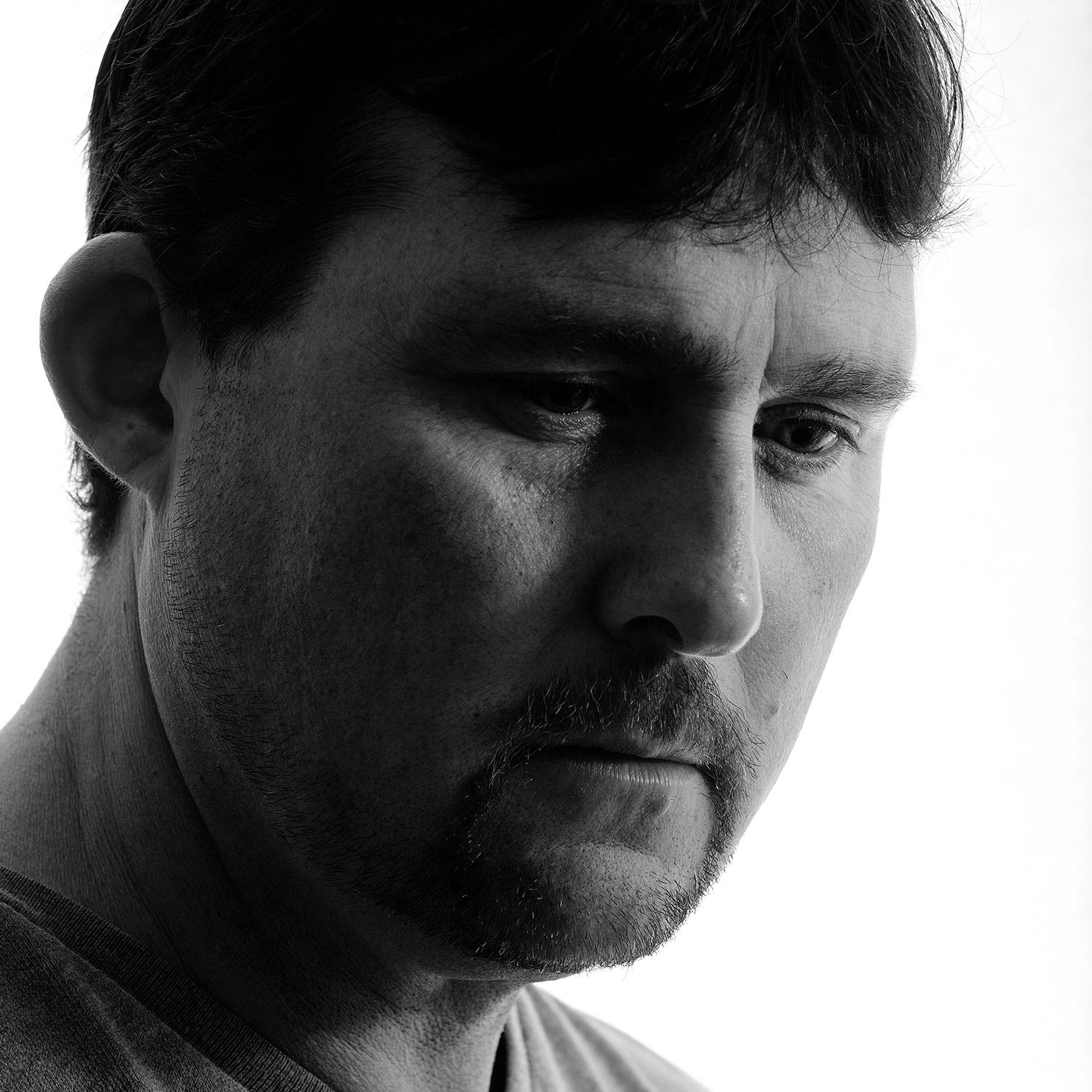
He also helps out at his daughter’s swim meets, sells “Mahoney Spirit Wear” to raise money, and spends any spare time he has recruiting others to volunteer for city or school groups.
He does all this in spite of – and partly because of – a disability that has left him with titanium implants in his hips and shoulder.
“He’ll volunteer for anything, it doesn’t matter if he’s good at it or if he’s done it before. He contributes so much to the community, and at the expense of his health sometimes,” said Stacy Frank, a neighbor who has worked with Matthews on the Little League board.
Matthews said he became disabled after working with chemicals over a period of years, at a business he’d rather not mention. His ability to do anything physical is limited, and he tires easily. If he knows he has a board meeting, or is helping out at an event, he tries to rest up beforehand.
“I try to give back as much as I can. I don’t do a lot of physical work. Most of what I do is brain work, calling people, coordinating things,” Matthews said. “If I worked, I wouldn’t be able to volunteer as much as I do, but I’d certainly still volunteer.”
Matthews says his main reason for volunteering is simple: He loves kids and he values what they mean to the community. He grew up in South Portland, joined the Coast Guard out of high school, and ran Clyde’s Pub on Ocean Street in the 1990s. He has one grown son, and two children in middle school.
“Behind every great community is a great school system and great children,” Matthews said. “Everything I do is for children.”
-
Timothy PilzLimerick | Good Samaritan for Sister Viola Lausier
 Photos by Gabe Souza
Photos by Gabe Souza
Timothy Pilz counted the cars that passed an elderly woman lying face-down on Elm Street in Biddeford before he stopped to help her.
There were seven, he said.
“Most people don’t want to get involved,” the 26-year-old custodian said, speculating about why the drivers didn’t stop to help. Pilz, who lives in Portland, just isn’t wired that way.

“There’s no way I could drive by her,” he said.
That makes Pilz the exception – even, by some standards, a hero. Called the “bystander effect,” there’s a well-documented phenomenon that the more people who do nothing to help in an emergency, the less likely anyone will step up to do anything.
It turned out that the woman, who was struck by the side-view mirror of a passing car on that early November morning last year, was Sister Viola Lausier, a nun walking from the convent to her job at Saint Andre Home, a social services agency for pregnant women.
Talk about karma.
Although Lausier soon forgave the driver, who kept going and has not been found by police, Pilz hasn’t left her prayers.
“I always say, ‘God, thank you for sending him,’ because he’s the one that really helped me,” said the 90-year-old nun, who suffered a broken arm, lacerated liver and a collapsed lung, among other injuries.
Lausier has mostly recovered, though she lost a lot of strength and still has a hard time chewing, she said. As a result, she’s cut down on her hours as the finance director at Saint Andre Home and no longer works weekends.
Pilz said he kept track of Lausier’s health through a former co-worker who went to church with nuns who knew her. But he changed jobs several months ago and hasn’t heard anything since.
Still, he thinks about her every time he drives down Elm Street and when it’s raining, as it was that morning. Pilz said he didn’t like the recognition he received afterward, but even that wouldn’t keep him from stepping in to help again. He can’t imagine a situation in which he would do anything differently.
“I would do it 100 times over,” he said.
-
Dan OstryeYarmouth | West Side Trail committee member
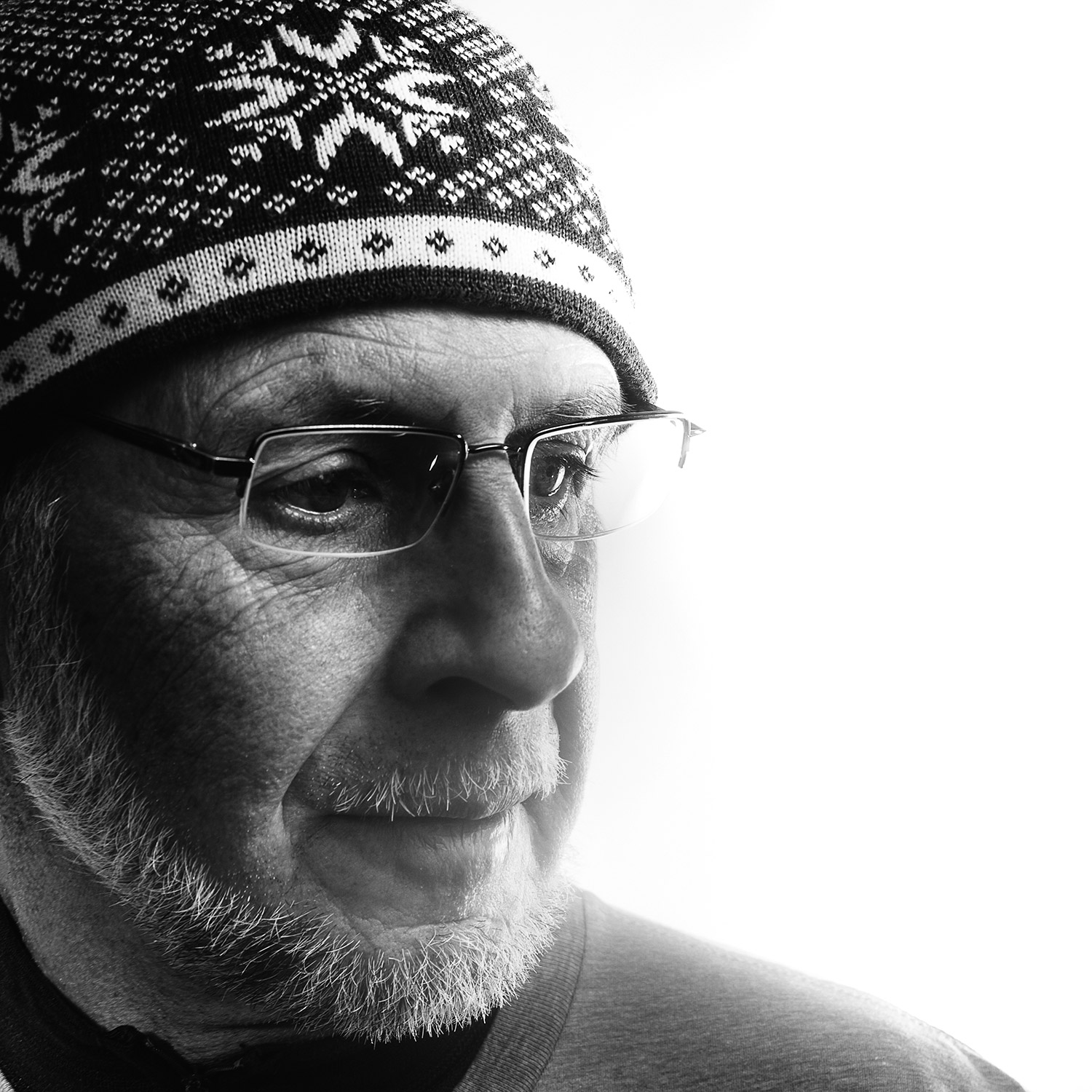 Photos by Whitney Hayward
Photos by Whitney Hayward
Dan Ostrye is a trailblazer.
Really.
The retired environmental engineer has led the effort to build Yarmouth’s West Side Trail, a nearly 8-mile-long path that meanders along the power line corridor between Route 1 and the huge oil-fired power plant on Cousins Island.
Volunteers are now working to complete the last few hundred feet of the trail on Cousins Island, but Ostrye is already planning the next phase – a 1.75-mile extension that would start at the park-and-ride lot at exit 15 on Interstate 295 and connect to the trail network at the Applewoods subdivision.
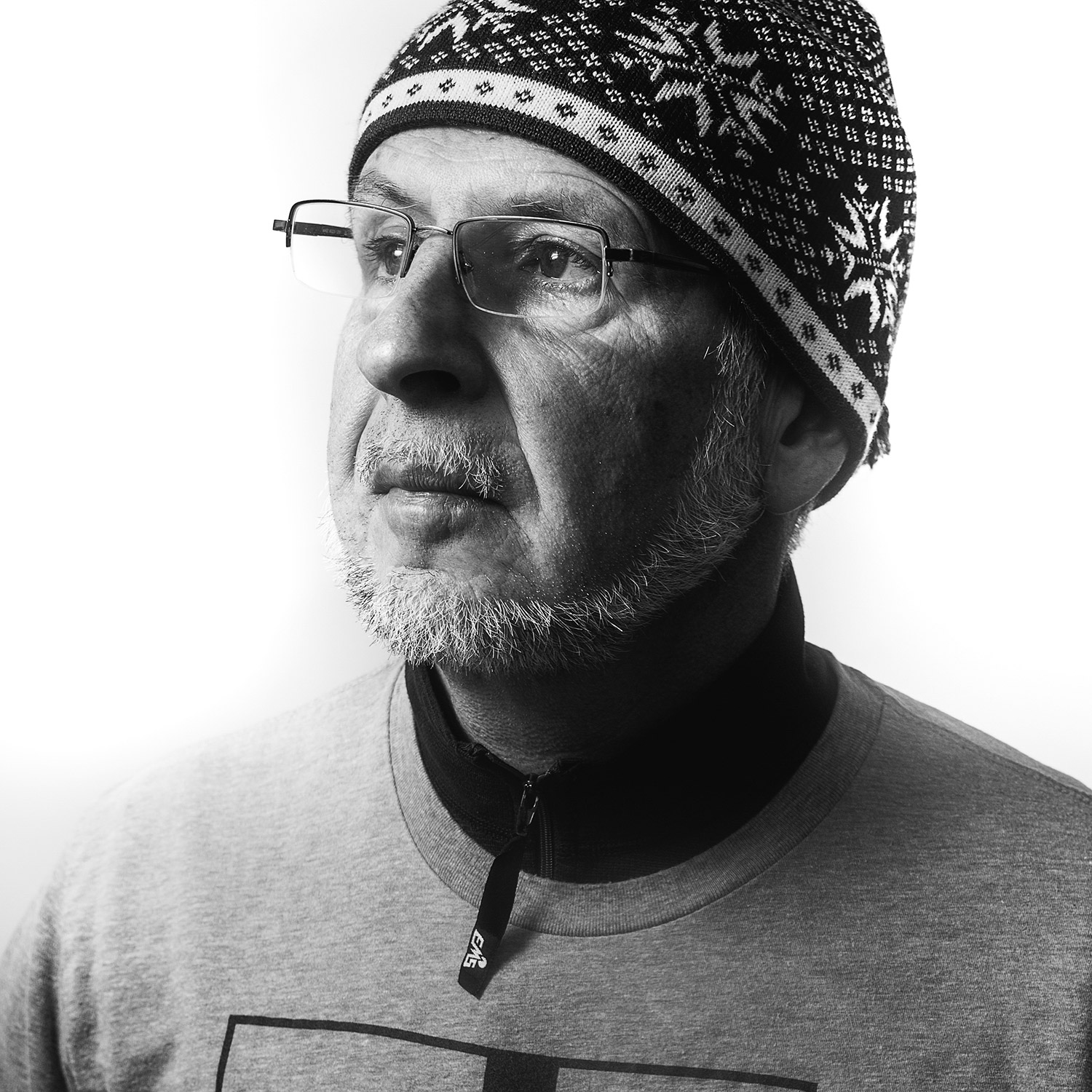
Ostrye, 63, does the legal and permitting work, designs the trail, accommodates anxious abutters, orders supplies, raises money, secures donations of supplies and organizes volunteers. He even bakes cookies for volunteers when they show up to work.
“Without his diligence and direction and perseverance, this trail would not have gone a mile,” said Doug Hermann, a retired contractor who heads the construction brigades.
Volunteers have donated 3,000 to 3,500 hours of labor to build the trail. Ostrye’s exuberance about the project makes it fun to get involved, said Karyn Garofoli, director of Yarmouth Community Services.
“He does it because he loves it,” she said. “You can see he lives through it, and it is part of him as a person.”
The town offers no financial support, so Ostrye continues to look for donations to buy supplies.
He said it’s been a challenge to design the trail so it can withstand washouts during heavy rainfalls and the puddles that emerge in low-lying areas.
During big storms, he often hikes the trail to see how it’s holding up.
“It’s the only way to know whether things are working,” he said.
-
George Soctomah NeptuneBar Harbor | Educator, Abbe Museum
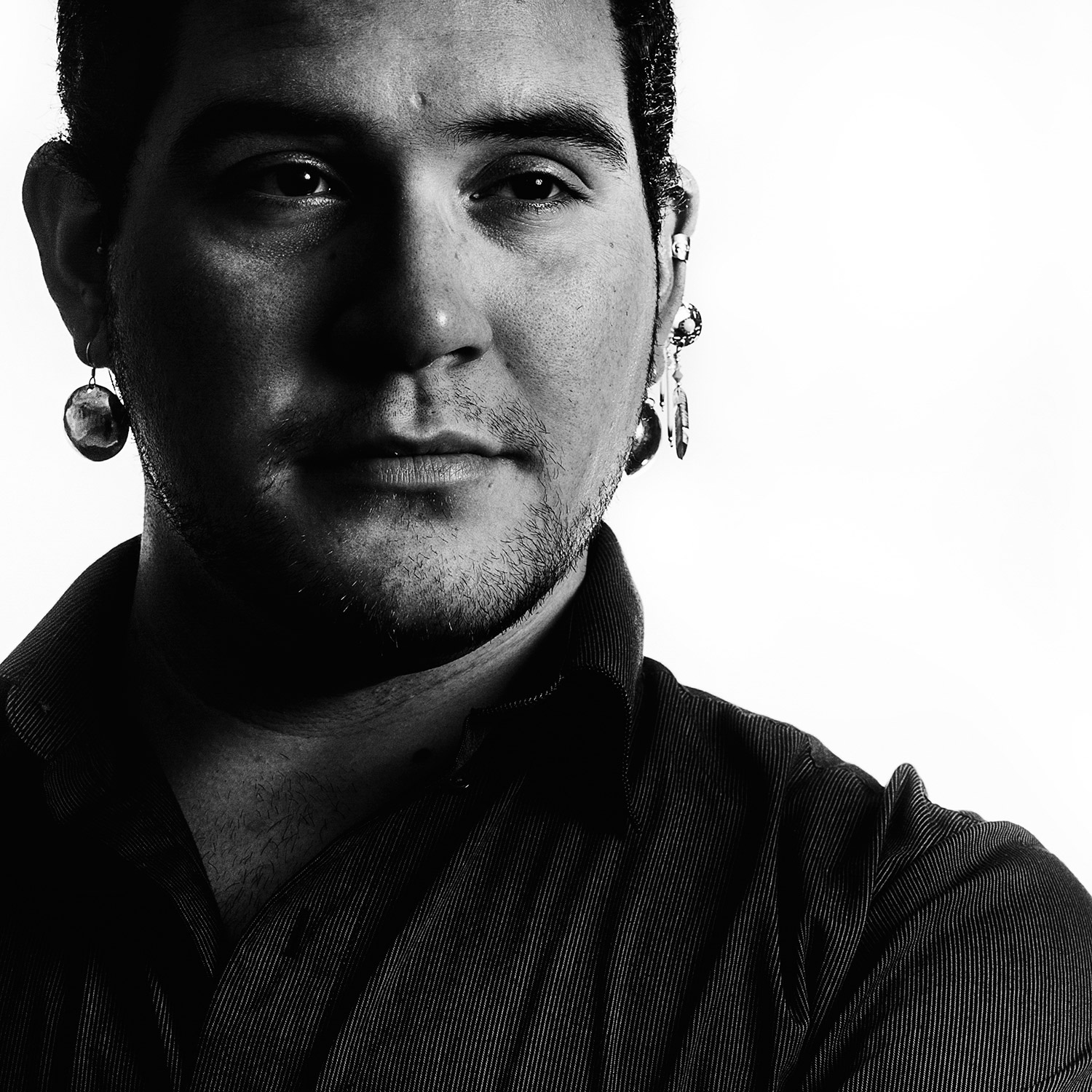 Photos by Whitney Hayward
Photos by Whitney Hayward
George Soctomah Neptune remembers the first time someone else attempted to define him.
It was his first year away from Indian Township and the Passamaquoddy community where he grew up, when a teacher at Gould Academy was introducing him to a group, using a term that drew unexpected emotions.
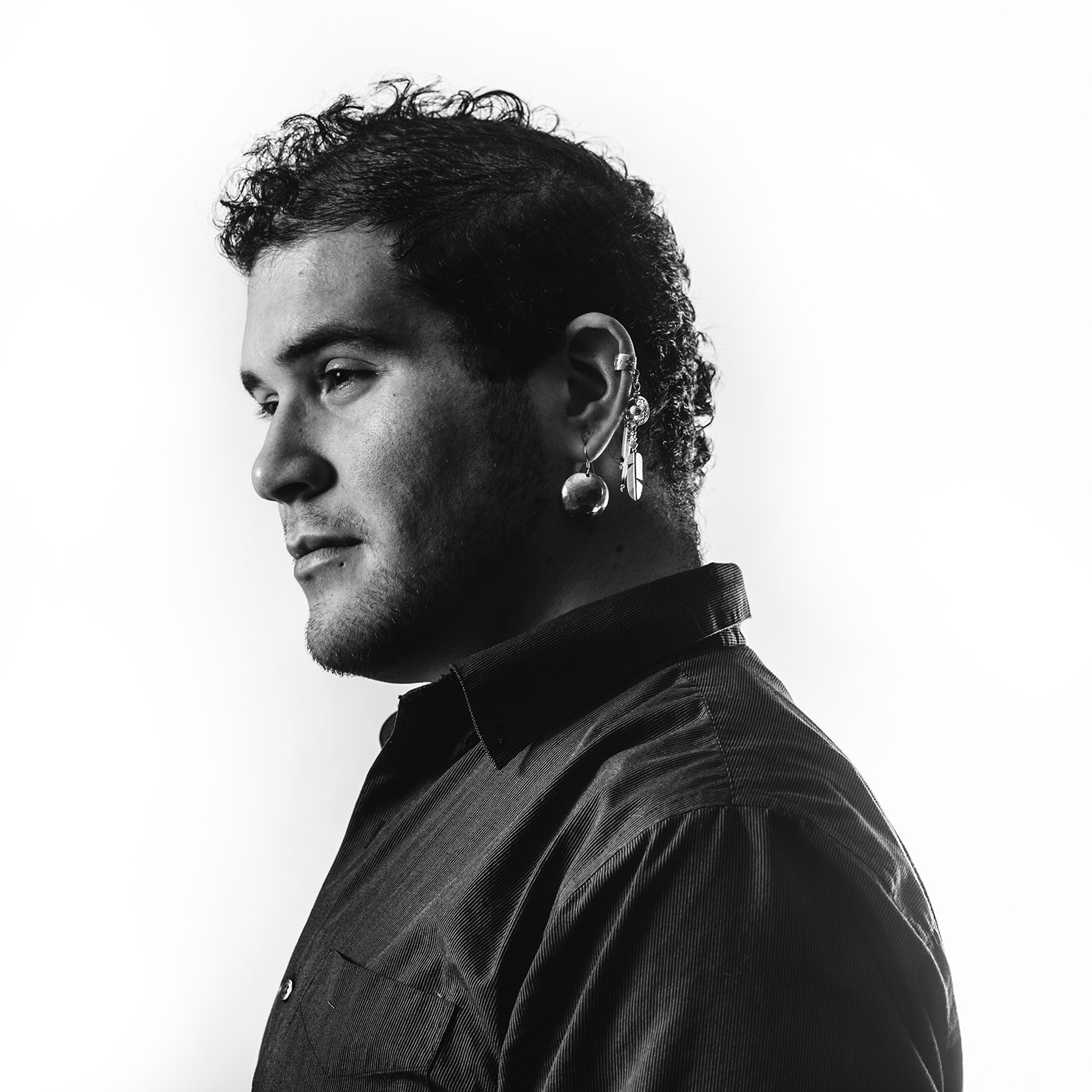
“I was an Indian my whole life,” Neptune, 26, recalled. “Then I was told I was a Native American.”
Neptune bristled. And although it did not seem defining at the time, Neptune’s interests, education and cultural heritage have led him to join the fight for the rights of native people to live free from outside government interference.
After graduating from Gould and earning a theater degree from Dartmouth College, Neptune felt a deep pull to return home.
He gave up on his dreams of becoming an actor in New York City and volunteered at reservation schools, embracing traditional basket-weaving techniques that were taught to him by his grandmother, a Passamaquoddy elder and master weaver. When an international movement for native rights emerged in Canada and spread worldwide called Idle-No-More, Neptune found his calling as an advocate against government abuse of native people and lands.
“As I got older, I developed this philosophy that I will make waves,” Neptune said. “I will not sit by and not say anything.”
Now as an educator at the Abbe Museum in Bar Harbor, Neptune said he thinks constantly about how to teach non-native people about native culture. He hopes his work will help sow seeds of understanding between peoples who have been at odds since Europeans arrived in North America.
His first exhibit as a curator at the museum, focusing on the women of Indian Township who deal with substance abuse and its effects in the Passamaquoddy community, goes up this winter.
-
Lynda DoughtyPhippsburg | Executive Director, Marine Mammals of Maine
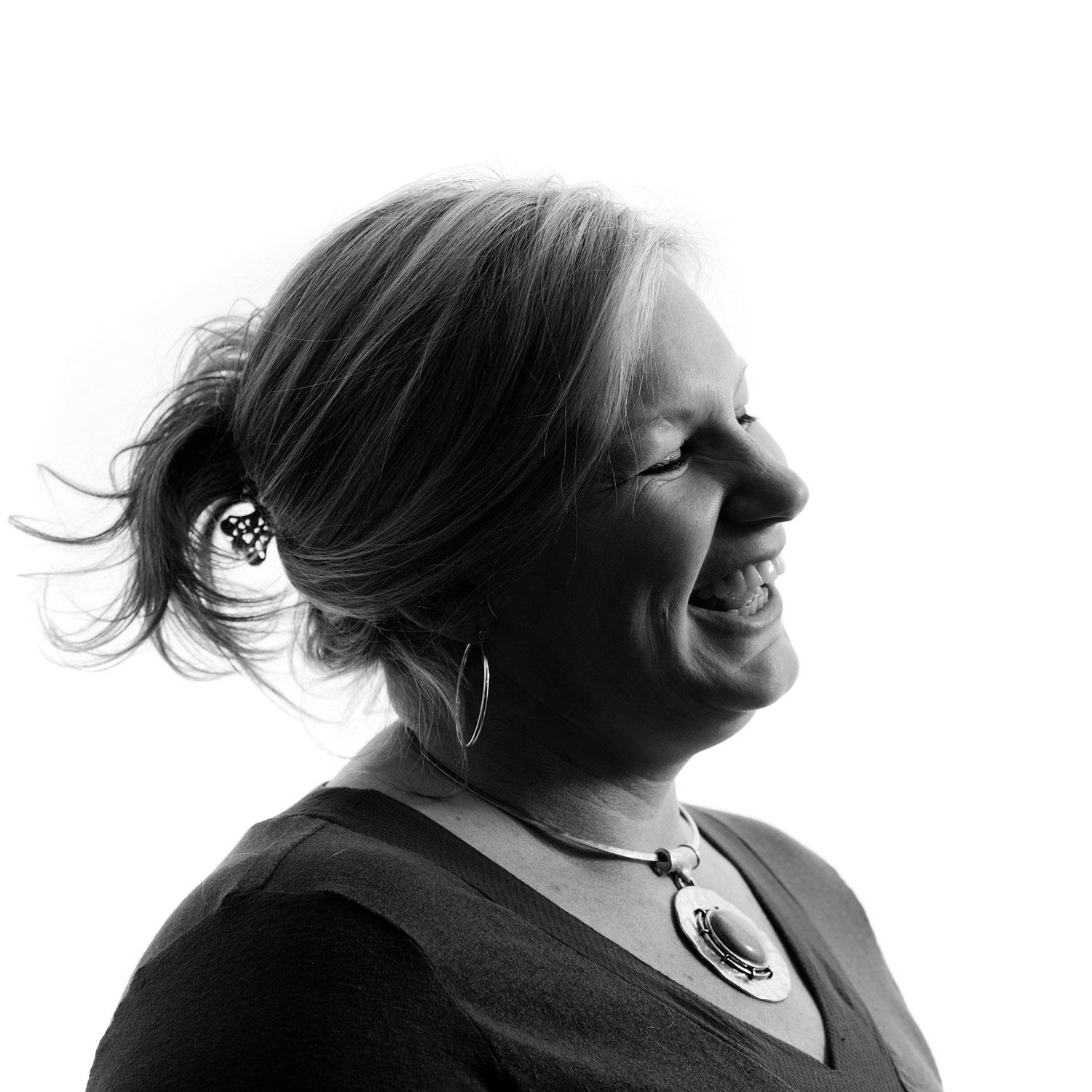 Photos by Gabe Souza
Photos by Gabe Souza
When the University of New England abruptly shuttered its marine mammal rehabilitation center last May, Lynda Doughty and the other trained handlers who respond to hundreds of calls for abandoned seal pups and stranded dolphins in Maine knew they were in for a difficult season.
Calls inevitably spike around Memorial Day, as beach-goers come across solitary seal pups potentially abandoned by their mothers. The closure of UNE’s facility meant the only licensed rehab facilities available to Marine Mammals of Maine, which Doughty runs, and their partners at the College of the Atlantic’s Allied Whale program were hours away in Massachusetts and Connecticut – assuming those centers even had room and the animals could withstand the stressful move.
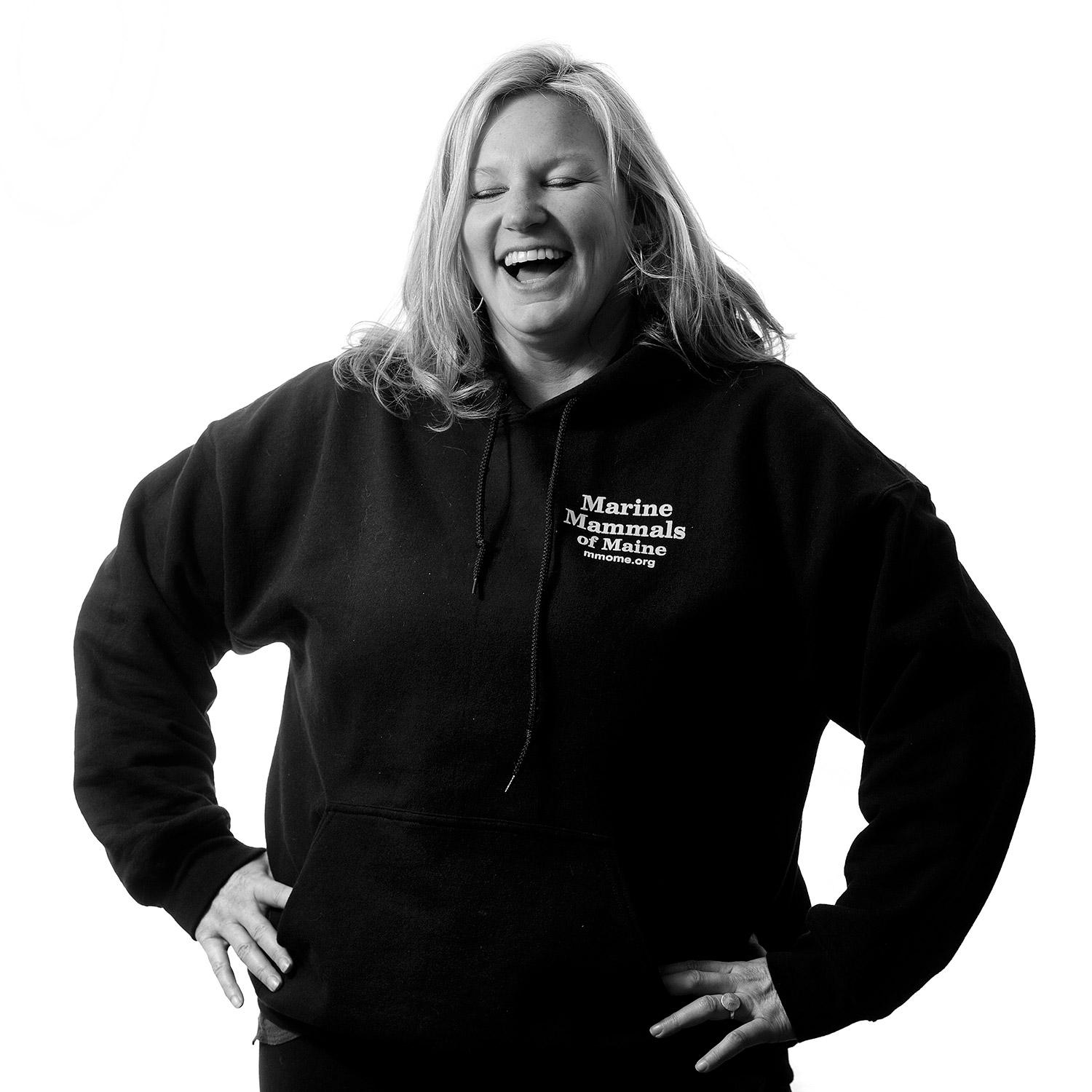
But Doughty, her one part-time employee and Marine Mammals of Maine’s cadre of volunteers did what they could to keep up. So far this year, they have physically responded to about 300 calls between Kittery and Rockland.
“There were animals that we had to put down because there was no place for them to go,” the Phippsburg resident said. “And that is very hard for our volunteers and our staff, because that is not why we do this.”
Doughty, 39, hopes that won’t be the case for long.
Since the UNE center’s closure, Doughty has been working with Marine Mammals of Maine’s board of directors to develop plans and raise money for a new rehab facility somewhere along the coast of southern Maine.
This wouldn’t be Doughty’s first move to fill a gap in the network that responds to stranded porpoises, sick sea turtles or injured seals. A graduate of Maine Maritime Academy, Doughty was the Maine Department of Marine Resources’ marine mammal strandings coordinator for about six years before that position was terminated in 2011 when federal funding was lost. She then worked with others to found Marine Mammals of Maine.
“Growing up on the coast and going out in the boat … I really developed a love for these animals,” the Phippsburg native said.
Her counterpart in Bar Harbor, Rosemary Seton of Allied Whale, said she is excited about the prospect of another a rehab facility. Allied Whale responds to calls east of Rockland, so an injured animal in Eastport would have to be trucked more than 7 hours to the rehab center in Mystic, Conn. The two organizations often work together now to shuttle animals whenever possible.
Seton said 2014 “was a tough season” for both groups, but Marine Mammals of Maine has the added challenge of having more sandy beaches and more people in its territory – and therefore more calls for help.
“I don’t know how she did it,” Seton said.

Comments are no longer available on this story